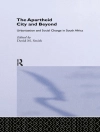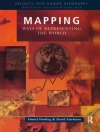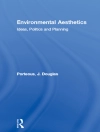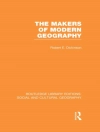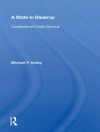This book argues that, paradoxically, at their moment of triumph and fastest growth, cities need nature more than ever. Only if our urban world is full of biophilic cities will the coming urban century truly succeed. Cities are quintessentially human, the perfect forum for interaction, and we are entering what could justly be called the urban century, the fastest period of urban growth in human history. Yet a growing body of scientific literature shows that the constant interaction, the hyper-connectedness, of cities leads to an urban psychological penalty. Nature in cities can be solution to this dilemma, allowing us to have all the benefits of our urban, connected world yet also have that urban home be a place where humanity can thrive.
This book presents best practices and case studies from biophilic design, showing how cities around the world are beginning to incorporate nature into their urban fabric. It will be a valuable resource for scholars and professionals working in the area of sustainable cities.
Table des matières
1. The urban century.- 2. Cities as quintessentially human.- 3. Cities as inhumane: the urban health penalty.- 4. Nature as a solution.- 5. Biophilic cities: Vision and emerging principles.- 6. Innovative biophilic design and planning: From rooftop to neighborhood to city.- 7. The choice.
A propos de l’auteur
Robert Mc Donald is Lead Scientist at The Nature Conservancy, based in Washington, DC, USA. He researches the relationship between cities and nature.
Timothy Beatley is the Teresa Heinz Professor of Sustainable Communities, in the School of the Architecture at the University of Virginia, USA, where he has taught for the last thirty years. He also directs the Biophilic Cities Network.


